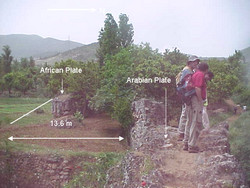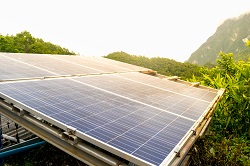Footprint algorithm detects PV malfunctions
The European Union aims to produce at least 20% of its power from renewable sources by the year 2020. In order for grid-connected photovoltaic (PV) installations to play their part, issues related to efficiency and reliability need to be resolved. To this end, the EESD Programme funded a number of relevant research projects. One such project, entitled PVSAT-2, sought to provide performance analysis and error detection tools to PV operators by exploiting irradiance data collected by satellites. Fraunhofer Gesellschaft zur Foerderung der Angewandten Forschung e.V. a PVSAT-2 participant, contributed by developing software to improve error management. Fraunhofer initially performed a statistical analysis of modelled versus actual PV yields. This helped establish probabilities for a number of common problems, such as shading. This information was then used to construct a footprint algorithm that automatically detects and classifies different types of PV system malfunctions. During the project, the footprint algorithm was integrated into the PVSAT-2 decision support system. The result was that PV operators receive immediate feedback regarding the existence of a malfunction as well as information regarding its likely cause. The hope of the PVSAT-2 consortium is that these tools will help PV operators reduce maintenance costs and system downtime while improving yields.







